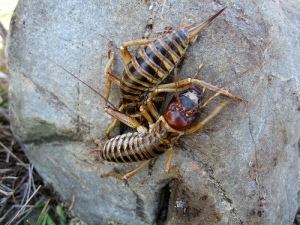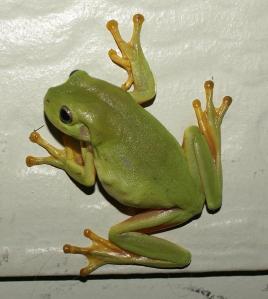My mother used to say that efficency is applied lazieness, and in some ways she was right. 
But when it comes to saving the planet, efficiency is a buzzword we hear often. And in our search for the best way to do things, using the least ammount of energy we look to the animal kingdom for advice. Here the form – function relationship in any living creature has been carefully crafted over centuries of evolution. Survival of the fittest has ensured that only the most efficent designs have survived (although when romance is involved there tend to be runaway designs). 
The way that a bugs form relates to the function is easy to see. Colours blend in or stand out, to avoid attention or act as billboards. Legs save energy by working with the elasticity of the skeleton. Wings are shaped to cut through the air and use the tough sides of the thorax to beat faster. Swimmers and runners are streamlined for least resistance, check this out for some serious hydrodynamics.
One critter that seems to stand out as a model for tough and efficient design is the cockroach. Its large surface area makes the most of the sun’s warmth and flat body ensures minimal air resistance, acting as inspiration for solar travel.
Cockroaches are so tough, they can survive for up to a week without a head. And are thought to be the only probable survivors of a nuclear war. With all this on their side it’s no wonder their models are being used in extreme conditions such as the mars swarm exercise.
Consider them the armored tanks of the insect world, designed for survival. Look to nature for the blueprints for a sustainable tomorrow.
Also, just for fun – Radioactive cockroach and toys!


 We use their designs to get in the air, actually and
We use their designs to get in the air, actually and 




















